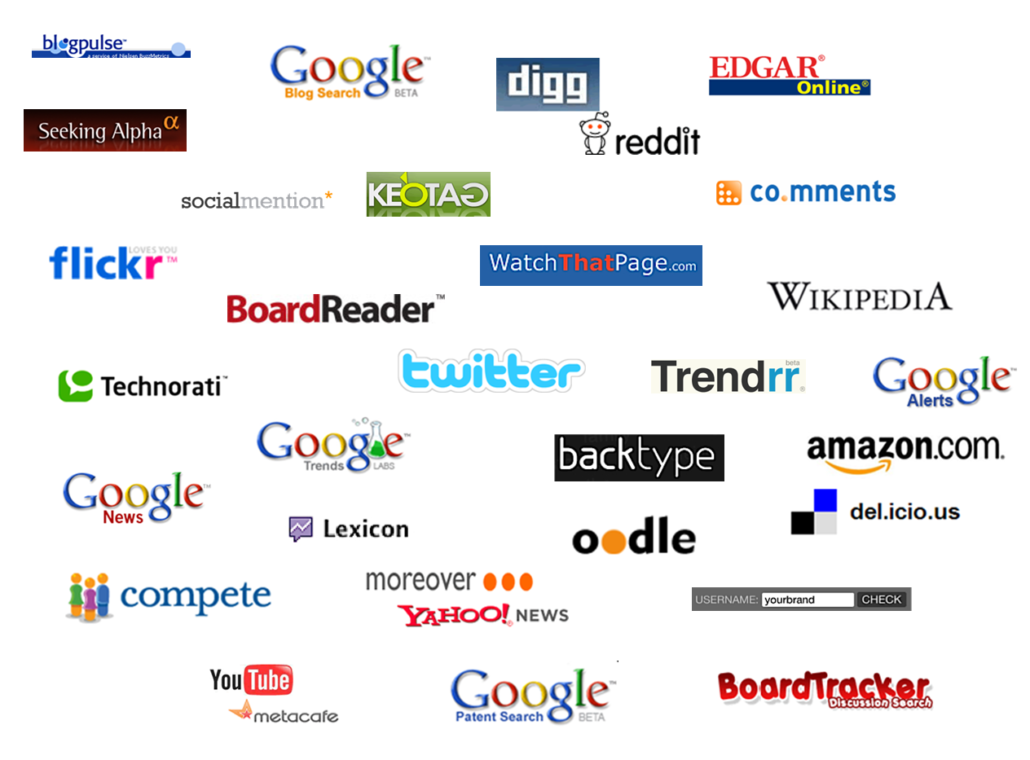Innovation study: Is culture or strategy the key to success?
Obviously, the headline question is not easy to answer. Both elements have their impact on business success. At this years IBM JamCamp, we could hear many presentations why “culture eats strategy for breakfast”, and how to turn your business into a social business (i.e. Sandy Carter’s speech) that will drive innovation to new dimensions (and here is some hint how companies might get huge investments for social business realization).
A new study by Strategy& also shows that spending more on R&D won’t drive results. The results from the study illustrate that the most crucial factors are strategic alignment and a culture that supports innovation. The study surveyed almost 600 innovation leaders in companies around the world, large and small, in every major industry sector.
So what makes a truly innovative company? For sure, a focused innovation strategy, a compelling business strategy, deep customer insight, intelligent networking, as well as a splendid set of bright tactics. These are all elements that help giving your company an innovation boost. Still, the study states that corporate culture ties everything together — the organization’s self-sustaining patterns of behaving, feeling, thinking, and believing.
Still, the results of this year’s Global Innovation 1000 study make clear that only about half of all companies say their corporate culture robustly supports their innovation strategy. 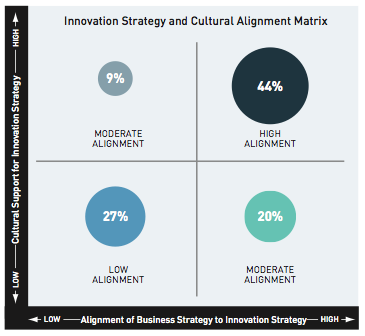 Moreover, about the same proportion say their innovation strategy is inadequately aligned with their overall corporate strategy. And although entire industries, such as pharmaceuticals, continue to devote relatively large shares of their resources to innovation, the results are much less successful than they and their stakeholders might hope for.
Moreover, about the same proportion say their innovation strategy is inadequately aligned with their overall corporate strategy. And although entire industries, such as pharmaceuticals, continue to devote relatively large shares of their resources to innovation, the results are much less successful than they and their stakeholders might hope for.
What I like about this study is that it supports my assumptions and thoughts of the Community Centric Strategy model. Across the board respondents identified “superior product performance” and “superior product quality” as their top strategic goals. And their two most important cultural attributes were “strong identification with the consumer/customer experience” and a “passion/pride in products”.
Statements like the following from the study could be taken as a proof for the future development towards a more cultural business attitude that puts the consumer in the middle of your innovation efforts…
“Our goal is to include the voice of the customer at the basic research level and throughout the product development cycle, to enable our technical people to actually see how their technologies work in various market conditions.” Fred Palensky, Executive Vice President of R&D and CTO, 3M Company
In my presentation at the IBM JamCamp 2011 I made clear that companies and brands need to close the perception gap between consumer’s demand and company goals. If companies don’t respect the 5 C engines of the Community Centric Strategy these two expectations cannot be aligned. We will continue to talk of target-groups instead of consumers that are grouping together in “community centers”. This is more of a cultural development companies need to go through than definable strategic capabillities by companies to drive innovations. By closing both the strategic alignment and culture gaps, companies and brands will better realize their goals and attributes.
Spot On!
The study results show that companies and brands should rethink the way they drive their innovation strategy. It suggests that the ways R&D managers and corporate decision makers think about their new products and services are critical for success. This includes all aspects how they feel about intangibles such as risk, creativity, openness, and collaboration. When nearly 20% of companies said they didn’t have a well-defined innovation strategy at all, it offers the chance to start anew and with the right approach. The Community Centric Strategy might be one solution for companies to evaluate culture as one of the main drivers to achieve your strategic goals in a modern way of doing business.




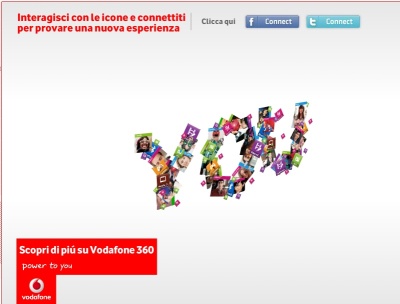
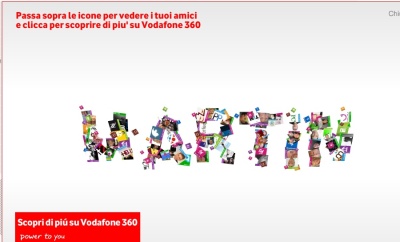
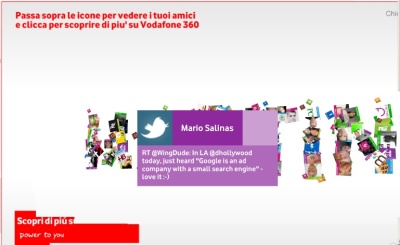
 Sponsorships on retail sites are more likely to convert into sales than clicks on organic search engine results… and visitors will spend more. This is what a
Sponsorships on retail sites are more likely to convert into sales than clicks on organic search engine results… and visitors will spend more. This is what a 